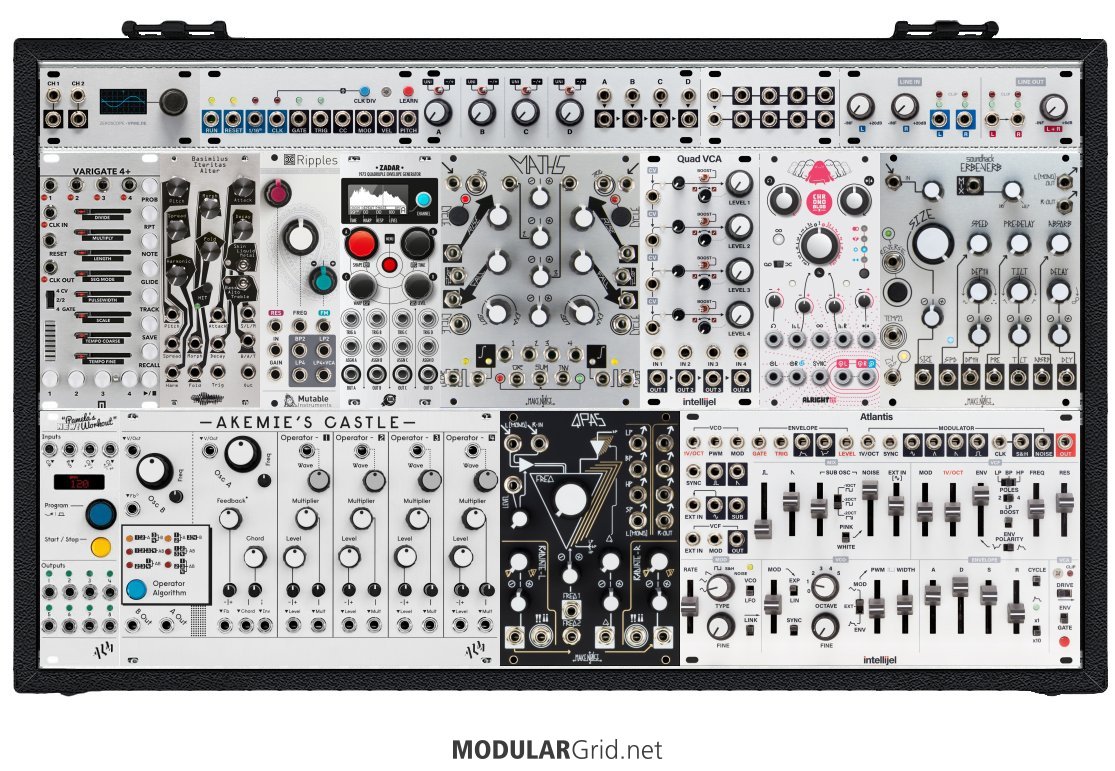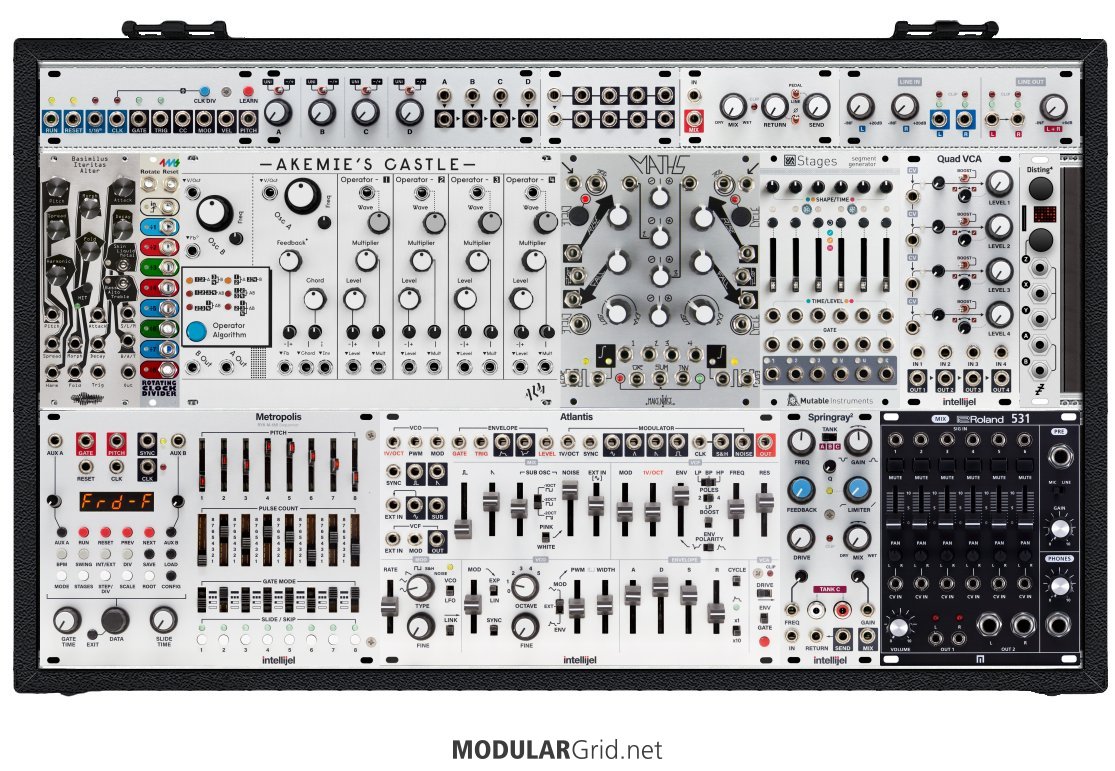First of all, a disclaimer about taking my advice too seriously: I still consider myself to be very much in the amateur, or even hobbyist, category. Which is to say I don't have any official musical production training/education. I take my personal research very seriously and do my best to honor the knowledge and history that is shared here, but I'm no expert. So this is personal opinion.
That said, I am happy to share my experience. My personal modular system ended up like this:

And there are three very important pieces of external gear that go along with it:
- Digitakt - primary beats and clock source and sequencing
- SH01a - bass lines and chords
- Soundcraft Signature 12 MTK - mixer and audio interface to the computer
In the end I decided to relieve myself of doing beats in the modular because I would like to stick with only the Intellijel case. That's a combination of financial consideration + trying to force some constraints on myself so I maximize my use of what I have. The Digitakt also has the added bonus of its 8 MIDI tracks, which means I can use it to sequence my 3 modular sound sources (as you can see, there are 3 oscillators in there: Basimilus, Akemie's, Plaits), plus the SH01a. Which brings me to the mixer...
The sounds I like are very often crunchy, so I am OK with a not-perfect and not-pristine sound. So I did end up just going directly from the modular outputs into the mixer, also with 3.5mm to 1/4" hosa cables like @jburzy01 says above. I agree with the comments by @chaosnick above, but again, I am amateur hour here, so the sound is "good enough for rock and roll" for me. That's not to say I'm not tone obsessed, just that I have a pragmatic streak and don't kid myself that I am working with a professional studio. As an amateur, if I wanted to work towards clarity, I'd probably just stay entirely in the computer and DAW. That said, the "Peak" LED on the mixer does not light up on tracks from the modular. I have input gain buried to the left (i.e., as low as it goes) for most modules going in. Occasionally, I'll raise the input gain from the Erbe-Verb.
So generally, I have the Digitakt always going into the 9/10 stereo input channel. I always have my Chronoblob going into the other primary stereo input channel, 7/8, because it does stereo delays. And then one of the mono inputs gets the SH01a, say mixer track 6. After that, I usually have tracks 1-3 coming from the modular corresponding to patches using the Basimilus, Akemie's and Plaits. Then what I really like to do is feed the dry signals from any of these sound sources (Digitakt, SH01a, modular synth patches) via the mixer's sends back to the modular via the Intellijel Audio I/O to the Chronoblob or Erbe-Verb. And then I send the Erbe-Verb's outs directly to the mixer's mono tracks 4 and 5, which are hard-panned left and right, respectively. I also do similar things with sending a drum beat via one of the mixer's sends to the case, to the QPAS and back to the mixer.
Finally, the fact that the "MTK" version of this Soundcraft mixer has the multitrack USB connectivity to my computer, it is my interface to record directly into Ableton as discreet tracks.
This setup works for me, but the Basimilus is a pretty gritty FM sound, the Akemie's has its wonderfully, notoriously dirty/gritty sine waves an my favorite BHDSP2 patch is the granular delay. So I'm already in a slightly fuzzed out sonic space. If you are going for very clean/accurate sounds, you may want to focus more on some of the suggestions above regarding modules that step down to line level. I have kept @Lugia's comments to heart in case I get to the point where I feel it would be worthwhile to get more accurate sound.
But I spend many happy hours here for now...




